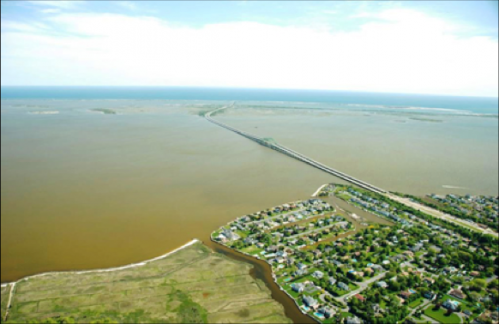Trace element's central role in harmful algal blooms

Four years after it first appeared and devastated the scallop industry, the algal masses of Aureococcus anophagefferens that turned the bays of Long Island, NY brown disappeared. The alga's genome sequence was published by a team including researchers from the DOE Joint Genome Institute in 2011.
The phytoplankton can outcompete diatoms in marine ecosystems, and the genome sequence indicated the presence of genes that allowed billions of algal cells to form a harmful algal bloom.
In the 2011 article, the team noted that there were many proteins that appeared to require the trace element selenium (Se). Following up on this comment, a paper published online March 7, 2013 in The ISME Journal, researchers focused on these proteins and their roles in harmful algal blooms. They grew algal cultures with varying concentrations of selenium under conditions mimicking the summer environmental conditions in Long Island estuaries. They found that higher levels of selenium collected in shallow estuaries, allowing the alga to form blooms. Such events were less likely in deeper waters.
"As A. anophagefferens relies on selenoproteins for growth and as a scarcity of Se may prohibit bloom formation in off-shore waters, Se is likely to have a key role in shaping the niche space and bloom occurrences of this species," they wrote. "Moreover, as some phytoplankton do not require Se, Se availability is likely to shape the succession and composition of phytoplankton communities in general."
More information: www.nature.com/ismej/journal/v … smej201325a.html#abs
Journal information: ISME Journal
Provided by US Department of Energy


















